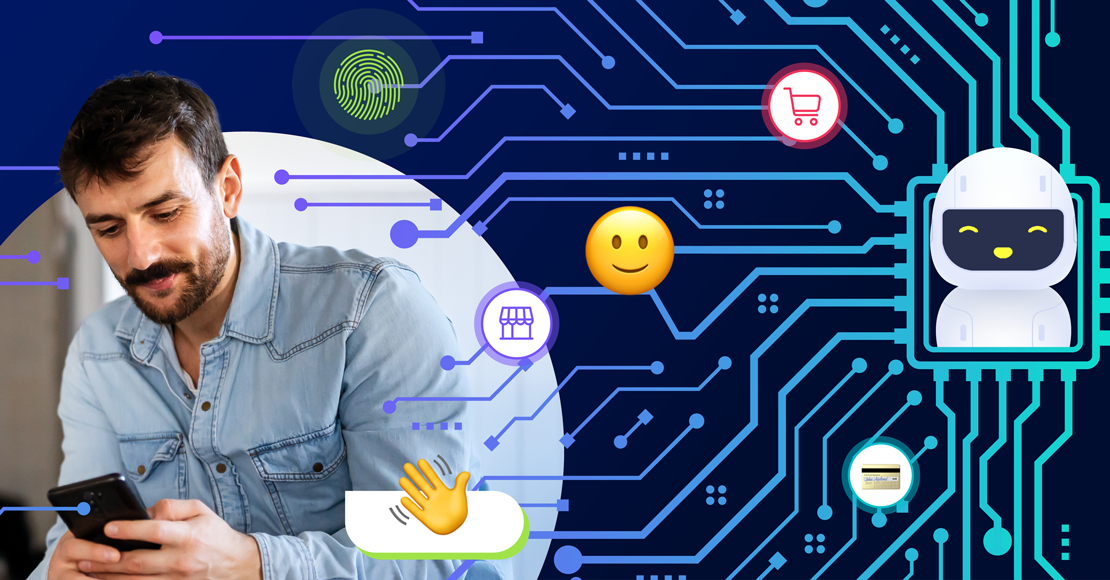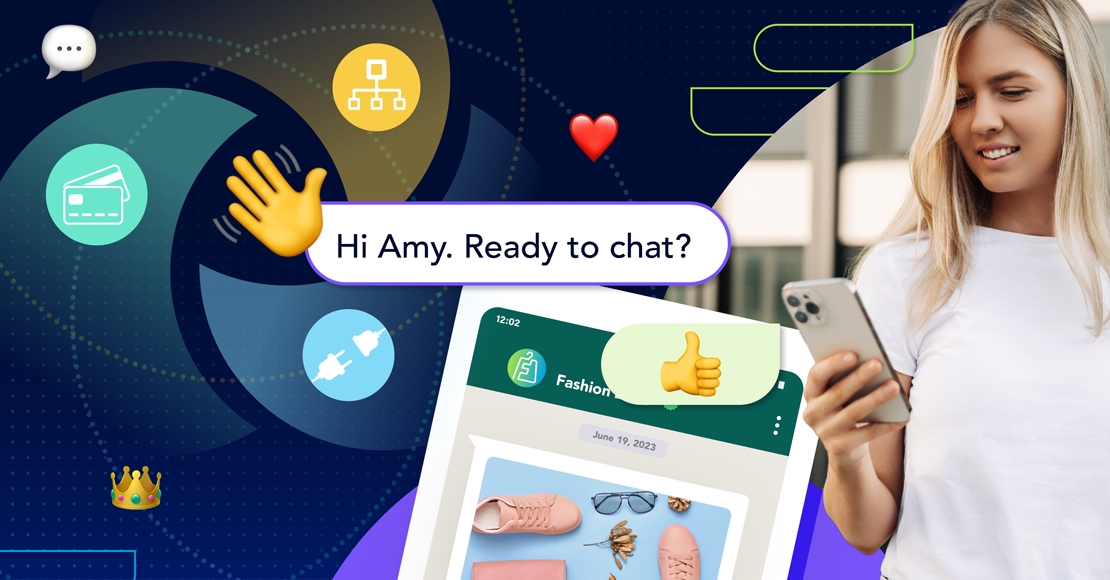There’s little doubt that the tech industry, like many industries, has unequal representation when it comes to gender. This has enormous impact across a range of areas, deeply affecting people’s lives based on unconscious assumptions society should have moved away from. Melinda Gates noted at this year’s Code Conference: “When I graduated 34% of undergraduates in computer science were women… we’re now down to 17%.” While the tech industry is building 3D printers and electric cars, it still hasn’t built bridges for equal representation. As experts have noted, it’s too easy to blame an absence of women or women having no interest in tech. To that end, let’s examine what coding can do for women in tech. In particular, we will examine what the growing field of AI could mean since its novelty could set a precedent for greater inclusion.
Coding gives power and independence to women in tech
In Afghanistan, a course called Code for Inspire has helped to provide coding education for young women. Focusing on women aged 15 to 25, these classes, says Take Part, let them overcome “some of the obvious and persistent gender-based limitations in Afghanistan, where women are less educated than men and underrepresented in the workforce.”
This line of thinking regarding coding is a common theme. As ReCode noted in another coding project, this time targeting poorer children in South Los Angeles: “technology can provide a path out of poverty”.
One reason coding is seen as so important is that it provides many, particularly young women in tech, with a path toward independence. They can carve out a life, where they do not have to depend on others in order to survive. This is incredibly important since this is how society as a whole helps to equalize the playing field. Clearly, women are interested and have a vested concern in learning this powerful field, which could help liberate them from the situation life’s thrown them into.
Unfortunately, systemic bias still exists.
Why aren’t there more women in tech?
Women either do not enter the industry or leave it too soon. Either way, this results in fewer women in the industry. As Next Generation recently noted, even when women enter the tech industry: “they’re underpaid, often passed for promotions and faced with everyday sexism”. Another problem is the widespread assumption about what women in tech should and should not study. Parents raise children often with unconscious biases, so girls do not even consider STEM (Science, Technology, Engineering, and Mathematics) subjects when they get to colleges or high school. This results in fewer qualified people entering the hiring pool.
Additionally, hiring managers tend to hire people more like themselves and those they see in the culture. This creates a vicious cycle because there are already more men than women in tech. This means men are more likely to be hired, who themselves will hire men later, and so on.
Indeed, one famous study found exactly this, when the researchers created two fake candidates, with the same qualifications. However, they gave the candidates the names John and Jennifer. The results were unfortunate but not unexpected: Even though Jennifer had the exact same qualifications and experience as John, she was perceived as significantly less competent. This would have a dramatic effect on the rest of her career. As a Stanford University newsletter summarized: “Because they perceived the female candidate as less competent, the scientists in the study were less willing to mentor Jennifer or to hire her as a lab manager. They also recommended paying her a lower salary. Jennifer was offered, on average, $4,000 per year (13%) less than John.”
This creates a culture telling women in tech they’re not wanted, for no good reason. The question is how to focus on an area that might allow for more progress and inclusivity. It’s possible that it might exist in AI.
What AI means for gender inclusivity
Artificial intelligence is a subfield of computer science. As Computer World points out: “Its goal is to enable the development of computers that are able to do things normally done by people -- in particular, things associated with people acting intelligently.”
Though the tech is still in the infant stages, there are already signs of AI catering toward male demographics. For example, one study found that fewer women than men were shown ads online, with the promise of obtaining jobs paying more than $200,000.
Digital Trends spoke to a number of high-profile women in tech who are using AI as the field to bring other women in, hopefully changing the landscape. Considering how relatively young the field is, they hope that by creating awareness of biases at this stage, as well as being role models for future female engineers and designers, they can at least level out the playing field. Naturally, the tech industry as a whole requires radical rethinking, but starting off in this one, relatively new area can be the entrance for change the industry needs.
Technology can be life changing, as we noted with SMS technology that helped record abuses in South Africa. Ideally, smart engineers will be developing more tech to help prevent such instances from occurring in the first place. But first, women need more inclusion in the tech world and we can only hope AI will be one main gateway.
Explore other articles
Step into the future of business messaging.
SMS and two-way channels, automation, call center integration, payments - do it all with Clickatell's Chat Commerce platform.







